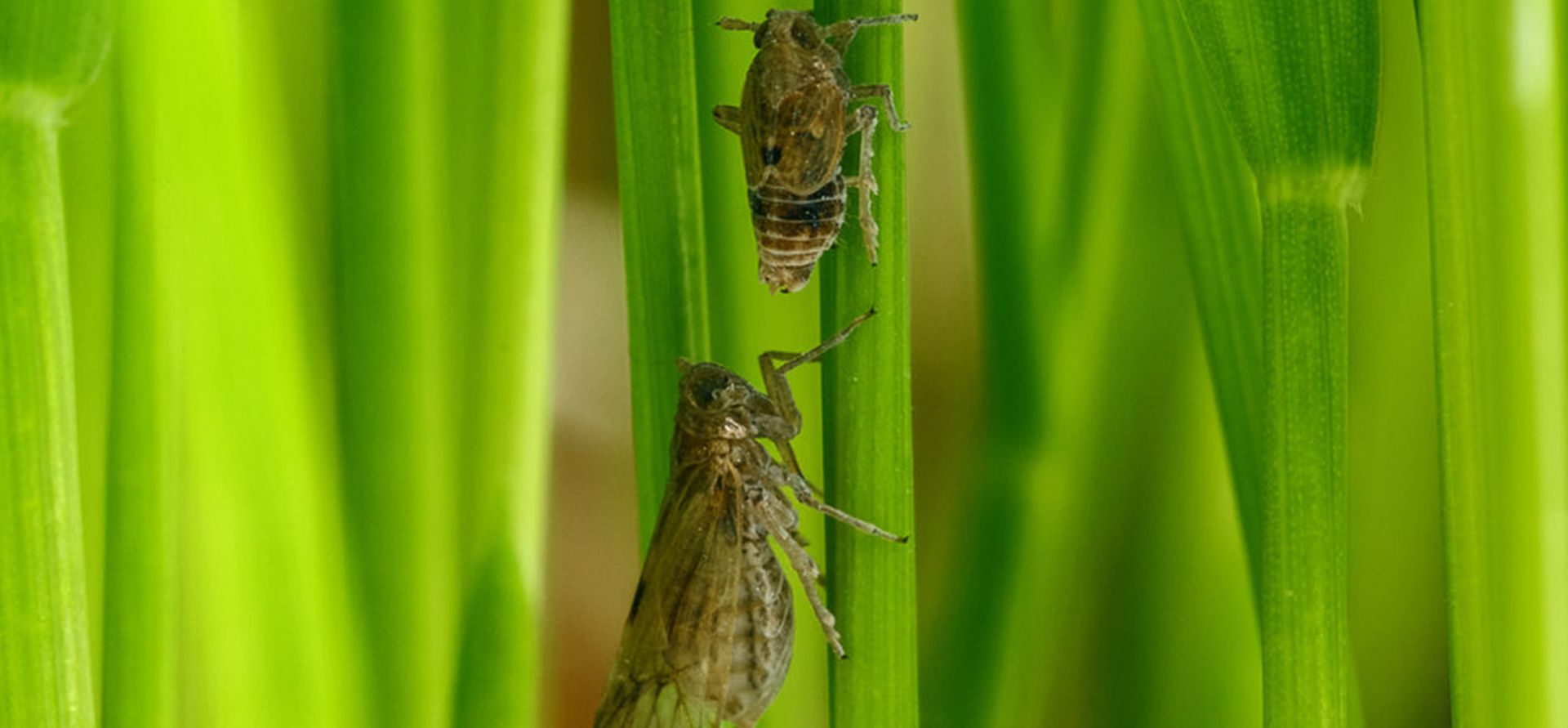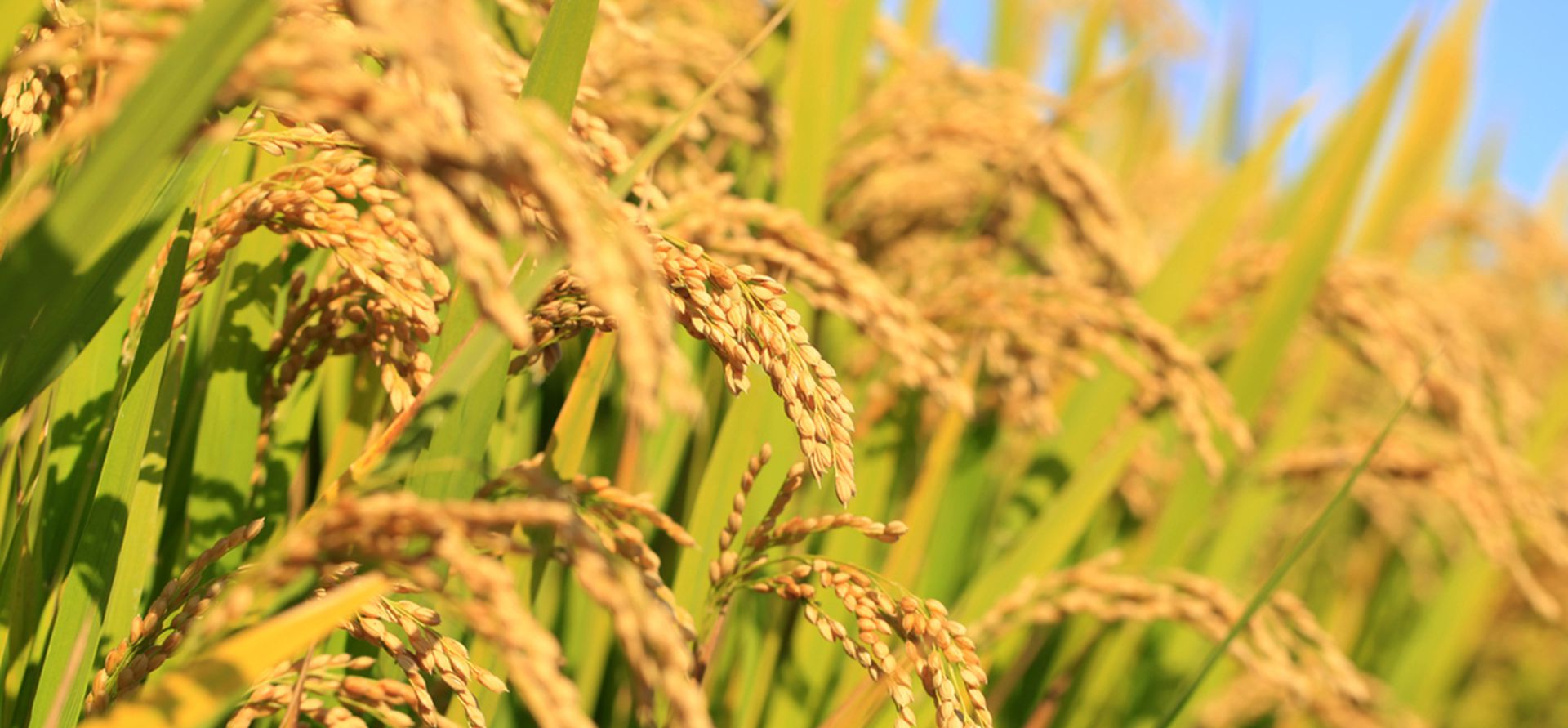Main content and dosage form:
25% suspension, 25%, 30%, 40%, 50%, 70% wettable powder, 50%, 60%, 70% water dispersible granules, 50% effervescent tablets, 6% granules, 30% suspension seed coating, 50%, 70% seed treatment dispersible powder.
Product features:
Pymetrozine is a pyridine triazone ketone high-efficiency and low-toxic insecticide, specially used for the prevention and control of piercing-sucking mouthparts pests, with contact killing and systemic activity, high prevention effect, strong selectivity, and environmental and ecological safety. It has good conduction characteristics in the plant body, and both the xylem and phloem can be conducted. The newly grown branches and leaves after the stems and leaves are sprayed can also be effectively protected. Its mechanism of action is that the pests immediately produce an irreversible mouth needle blocking effect after contact with the agent, stop feeding, and eventually die of hunger, so the drug also has the effect of blocking the transmission of piercing-sucking insects.
Applicable crop control targets and usage techniques:
Pymetrozine is widely used in a variety of crops such as fruit trees, vegetables, grains, cotton and oil, and has a good control effect on aphids, whiteflies, planthoppers, leafhoppers and other piercing-sucking mouthparts pests.

Rice planthoppers and leafhoppers:
They can be treated with seeds (coated or mixed with seeds), granules can be applied to the seedlings, and spraying can be performed during the growing season. When treating seeds, generally use 700-1000 ml of 30% suspension seed coating agent, or 450-600 g of 50% seed treatment dispersible powder, or 600-800 g of 70% seed treatment dispersible powder for every 100 kg of seeds. Dilute with appropriate amount of water and mix with seeds or seed coating evenly, and dry before sowing. When applying granules to the seedlings, the medicine is usually applied one day before or on the day of transplanting. Apply 560-700 g of 6% granules per mu (Honda) and apply them in the seedling tray of the required seedlings, and drop the particles attached to the leaves, and then spray an appropriate amount of clean water to make the granules of the medicine adhere to the soil of the seedling tray; if the rice leaves are wet or dewy, the dew should be shaken off first and the surface of the leaves should be dried before applying the medicine. Spraying during the growth period, mostly in the early stage of pest occurrence to the early stage of peak outbreak, generally use 25% suspension 22~30 ml, or 25% wettable powder 23~33 g, or 30% wettable powder 20~28 g, or 40% wettable powder 15~20 g, or 50% wettable powder or 50% water dispersible granules or 50% effervescent tablets 11~16 g, or 60% water dispersible granules 10~14 g, or 70% wettable powder or 70% water dispersible granules 8~12 g, spray evenly with 45~60 kg of water, focusing on spraying the middle and lower parts of the plants.

Wheat aphids: Spray in time from the early stage of aphid occurrence to the beginning of peak stage, or spray in time from wheat heading stage to full heading stage, once every 10 days, and spray 1~2 times in a row. Generally, 20-25 ml of 25% suspension, 20-25 g of 25% wettable powder, 15-20 g of 30% wettable powder, 10-15 g of 40% wettable powder, 9-12 g of 50% wettable powder, 7-10 g of 60% water-dispersible granules, or 6-9 g of 70% wettable powder or 70% water-dispersible granules are used per mu, and spray evenly with 15-30 kg of water.


